You probably already know how to pick colors to start painting in Medibang from the last tutorial about the Color Window. In this tutorial, I'll go over how to use Medibang's extra features to get colors that are both fast and accurate for you.
1. Color code in Medibang
If you paint traditionally, you probably know how to read the color codes on markers or tubes of watercolor. For example, you might choose a color in the Vangogh brand by the name "Vermillion" or the code "311++++" for red instead of just "Red." In digital color, you can also have a lot of different reds. And to tell them apart, we need the HEX code, which is the same color code as the watercolor tube. On Medibang, the color code is shown in the right corner of the Color window.
For example: Instead of choosing a pink-red, you can send each other a HEX code #D70D68.
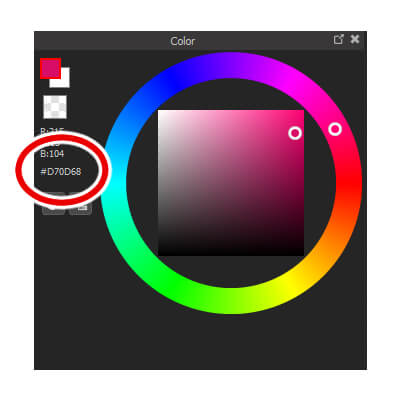
2. Paste the color code in Medibang
If you like a HEX code and want to use it in a painting you are making with Medibang? It's really easy. Just follow these steps:
Step 1: Select that color code and copy it.
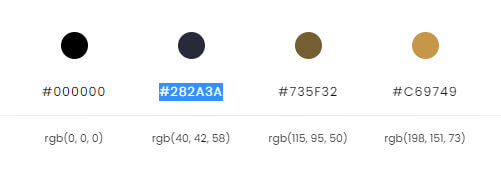
source: colorhunt.co
Step 2: Next, click the palette button in the color window's bottom left corner. The Select Color window will then show up.

Step 3: There will be an HTML color box in the bottom right corner. Here's where you paste the copied color code. A precise color position can be found with the help of Medibang.

Using the Eyedropper tool is a good option if you don't have a HEX code but do have a suitable color you found online. To do this, you must first save the picture to your computer and then open it with the Medibang software. After that, simply use the Eyedropper tool to select the color you desire. This tool functions similarly to a laboratory suction instrument, collecting color from your favorite painting and transferring it to the Foreground Color.
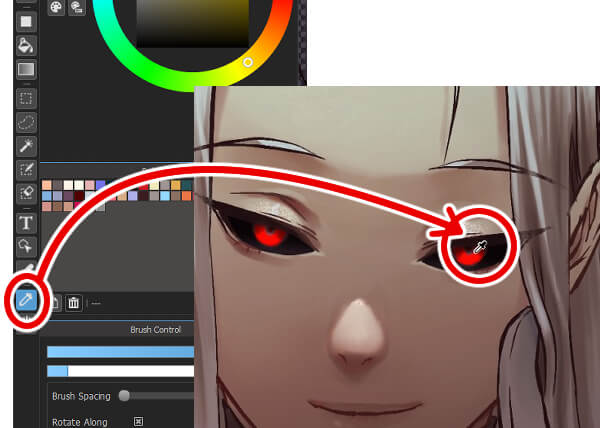
But Medibang also has something for lazy people like me. We won't need to save the picture to the computer anymore. To get a certain color on the screen, just go back to the Select Color window and click Pick Screen Color.
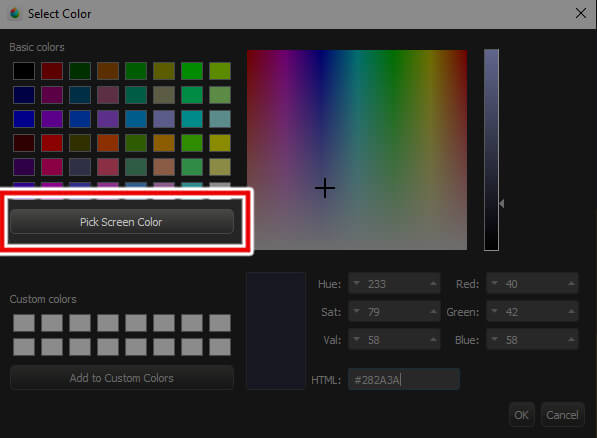
The cool thing about this feature is that you can lower the Medibang window and pick a color from anywhere on the screen (a website, the face of your favorite idol, for example). Click OK to return to Medibang with the chosen color.
The Medibang Color Picker window is ideal if you enjoy analyzing color schemes. Click the button next to Select Color to open it. The Color Picker window can be left open as a palette allows the direct picking of colors; there's no need to turn it off.
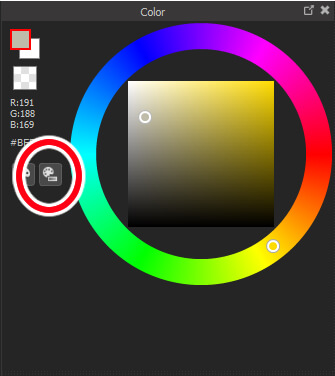
The color you choose in the Color Window will show up in the middle column of the first row of the Medibang Color Picker.
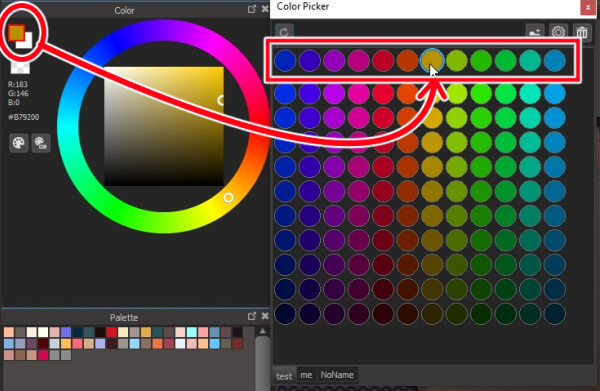
You can also make separate tabs for each purpose, like choosing different colors or changing settings. If you decide that you no longer want this palette, you can press the trash can button to get rid of it.
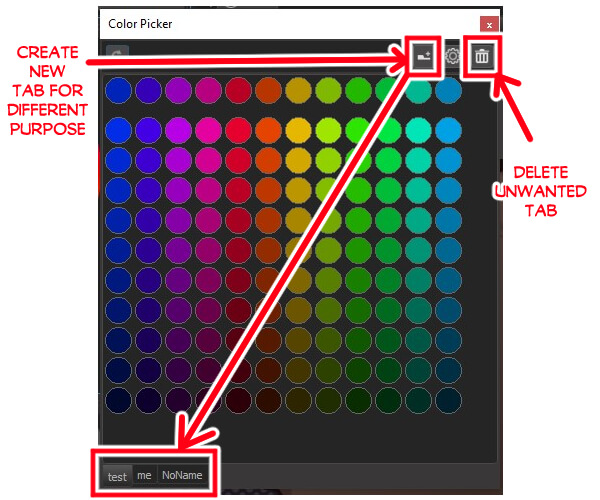
By clicking the gear icon in the top right area, you may calculate hue, saturation, and brightness values to create your palette. Based on your settings, the following color palettes will be produced.
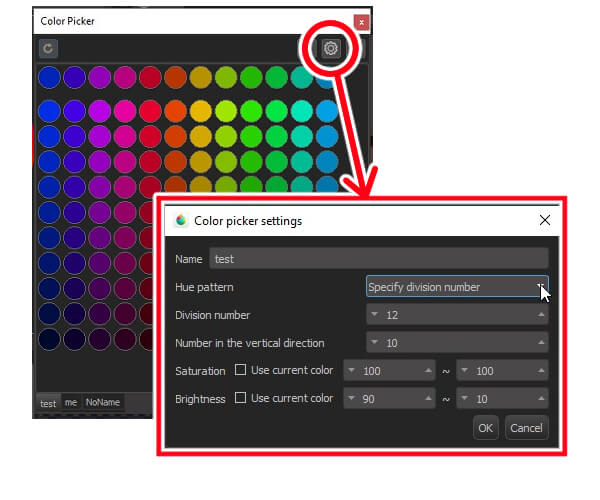
1. Hue pattern: This is where you can choose how many colors/columns to show in the Color picker's palette (red, blue, yellow, purple,...). Although the following settings can be adjusted, the Color Picker will never display more than 12 hues, since the maximum number of hues we can have is 12. Depending on which option we choose below, we can choose how the colors will change horizontally:
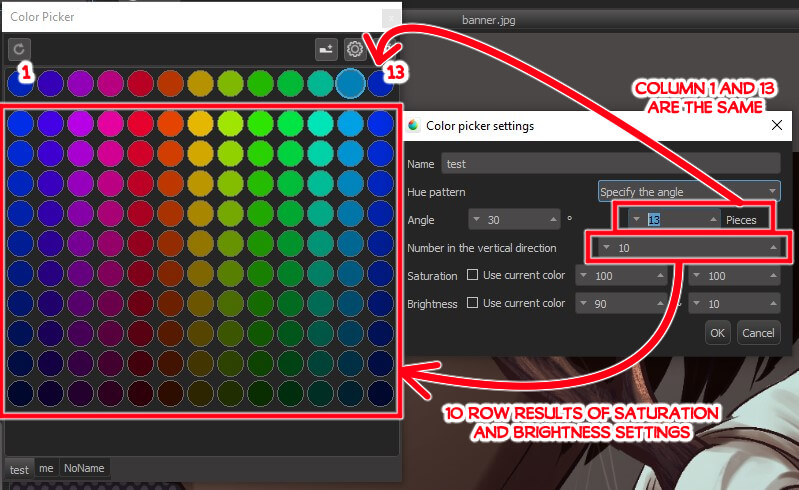
a. Specify the Angle: With this type, the color will change based on the value of the rotation angle. If you set an Angle value of 30o, the color values will change at every 30o angle.
You can increase the maximum number of pieces to 13 in the Pieces section. But as I said before, we won't have more than 12 Hue pieces. That's why you'll see the color in column 13 is the same color as the one in column 1.
b. Specify Division Number: Instead of choosing the angle to divide the circle, you can choose to divide the Hue ring into equal parts with this option. So if the angle is 30o, we get 12 in the Division box. Because the color wheel has 360o, and 360o divided by 30o equals 12. Since 12 is the largest number available for this selection, you will notice that row 13 is missing.
c. Customs: You can put any angles you want in this box, as long as you put a comma between each one. The numbers you input can be either positive or negative. The maximum number of columns is 13, of course. Here's how the operation will be worked out:
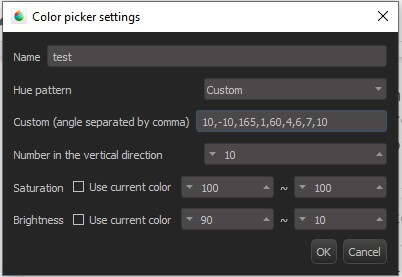
- The number "0" will stand for the color you choose from the color window.
- The number you add is 5, and then it is moved 5o clockwise from the position of the color you chose from the Hue circle of the color window. If it is -5, do the same thing but in the reverse direction.
Personally, I find this Medibang Color Picker Custom approach to be rather satisfying due to its adaptability in terms of fine-tuning in light of several color selection metrics, including complimentary, analogous, and tetradic.
2. Number in the vertical direction: The number of colors in 1 Hue changes based on Brightness and Saturation. Maximum of 10 horizontal rows.
3. Saturation: When you check the "Use current color" box, the Saturation in the result will be adjusted based on the color you chose. But once you've used the Medibang Color Picker, I suggest taking advantage of it by giving the values from 0 to 100 in the Saturation box. The color in the palette will turn gray at 0 and vibrant at 100.
4. Brightness: Similarly to Saturation, "Use the current color" can be selected to use the selected color's light value automatically. Or you can change settings by putting 0-100 between the two boxes. The interesting thing is that you can choose the same number between 2 boxes )eg 50 - 50), then the light value will not change anymore. And so we can create a Saturation difference palette between different Hues to blend into the palette. This also works the same with Saturation settings.
And with that, I've completed my tour of Medibang Paint Pro's specialized tools for selecting colors in your drawings. I hope you will start drawing lovely pictures. See you in the next post about how to use Medibang to make Comic or Manga panels.